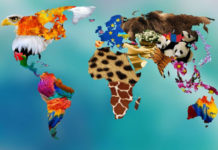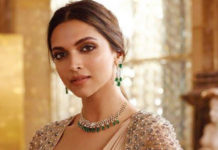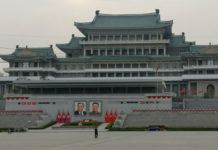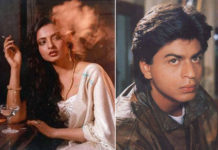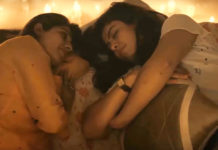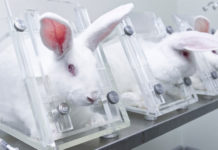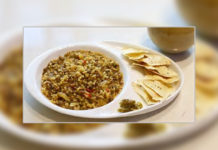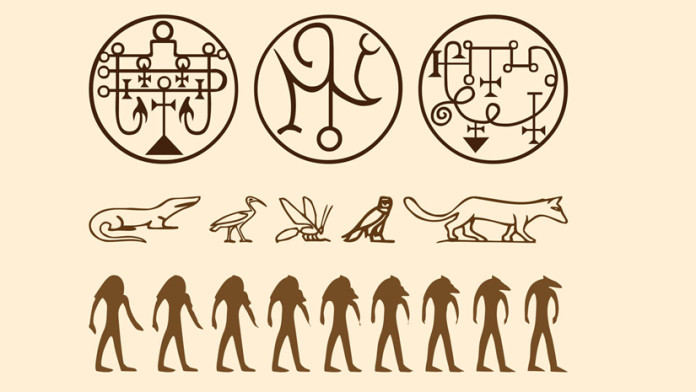Four Sons of Horus
 •Imsety: The human headed guardian of the liver
•Imsety: The human headed guardian of the liver
•Qebekh-sennuef: The falcon headed guardian of the intestines.
•Hapy: The baboon headed guardian of the lungs
•Duamutef: The jackal or wild dog headed guardian of the stomach.
Deshret:
 The Red Crown. This was the crown that represented Lower Egypt (northern).
The Red Crown. This was the crown that represented Lower Egypt (northern).
Djed:
 It is believed that the Djed is a rendering of a human backbone. It represents stability and strength. It was originally associated with the creation god Ptah. A djed column is often painted on the bottom of coffins, where the backbone of the deceased would lay, this identified the person with the king of the underworld, Osiris. It also acts as a sign of stability for the deceased’ journey into the afterlife.
It is believed that the Djed is a rendering of a human backbone. It represents stability and strength. It was originally associated with the creation god Ptah. A djed column is often painted on the bottom of coffins, where the backbone of the deceased would lay, this identified the person with the king of the underworld, Osiris. It also acts as a sign of stability for the deceased’ journey into the afterlife.
Djew:
 Which means mountain, the symbol suggests two peaks with the Nile valley in the middle. The Egyptians believed that there was a cosmic mountain range that held up the heavens. This mountain range had two peaks, the western peak was called Manu, while the eastern peak was called Bakhu. It was on these peaks that heaven rested. Each peak of this mountain chain was guarded by a lion deity, job it was to protect the sun as it rose and set. The mountain was also a symbol of the tomb and the afterlife, probably because most Egyptian tombs were located in the mountainous land bordering the Nile valley. In some texts we find Anubis, the guardian of the tomb being referred to as “He who is upon his mountain.” Sometimes we find Hathor taking on the attributes of a deity of the afterlife, at this time she is called “Mistress of the Necropolis.” She is rendered as the head of a cow protruding from a mountainside.
Which means mountain, the symbol suggests two peaks with the Nile valley in the middle. The Egyptians believed that there was a cosmic mountain range that held up the heavens. This mountain range had two peaks, the western peak was called Manu, while the eastern peak was called Bakhu. It was on these peaks that heaven rested. Each peak of this mountain chain was guarded by a lion deity, job it was to protect the sun as it rose and set. The mountain was also a symbol of the tomb and the afterlife, probably because most Egyptian tombs were located in the mountainous land bordering the Nile valley. In some texts we find Anubis, the guardian of the tomb being referred to as “He who is upon his mountain.” Sometimes we find Hathor taking on the attributes of a deity of the afterlife, at this time she is called “Mistress of the Necropolis.” She is rendered as the head of a cow protruding from a mountainside.
Feather of Maat:
 Represents truth, justice, morality and balance. It was pharaoh’s job to uphold Maat. When a pharaoh died,Maatwas lost and the world was flung into chaos, only the coronation of a new pharaoh could restore Maat.
Represents truth, justice, morality and balance. It was pharaoh’s job to uphold Maat. When a pharaoh died,Maatwas lost and the world was flung into chaos, only the coronation of a new pharaoh could restore Maat.
Fetish of Osiris:
 An animal skin hanging from a stick, this is a symbol of Osiris and Anubis.
An animal skin hanging from a stick, this is a symbol of Osiris and Anubis.
Flail and Crook:
 A symbol of royalty, majesty and dominion.
A symbol of royalty, majesty and dominion.
Heb:
 Theheb glyph represents an alabaster bowl. These bowls were used for special purposes like festivals or feasts.
Theheb glyph represents an alabaster bowl. These bowls were used for special purposes like festivals or feasts.
Heb-Sed:
 The Heb-Sed glyph Is a combination of the heb glyph and the sed glyph. It represents the Heb-Sed or Jubilee festival. This festival was celebrated on the 30th year of a pharoah’s rule. It was believed to renew the pharaohs strength of rule over the two lands.
The Heb-Sed glyph Is a combination of the heb glyph and the sed glyph. It represents the Heb-Sed or Jubilee festival. This festival was celebrated on the 30th year of a pharoah’s rule. It was believed to renew the pharaohs strength of rule over the two lands.
Hedjet:
 The White Crown. This was the crown of Upper Egypt (southern).
The White Crown. This was the crown of Upper Egypt (southern).
Ieb:
 This symbol represents a heart. The Egyptian believed the heart was the center of all consciousness, even the center of life itself. When someone died it was said that their “heart has departed.” It was the only organ that was not removed from the body during mummification. In the Book of the dead, it was the heart that was weighed against the feather of Maat to see if an individual was worthy of joining Osiris in the afterlife.
This symbol represents a heart. The Egyptian believed the heart was the center of all consciousness, even the center of life itself. When someone died it was said that their “heart has departed.” It was the only organ that was not removed from the body during mummification. In the Book of the dead, it was the heart that was weighed against the feather of Maat to see if an individual was worthy of joining Osiris in the afterlife.
By:Archa Dave

